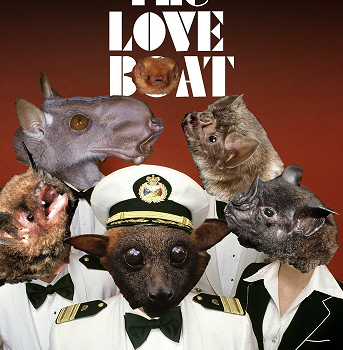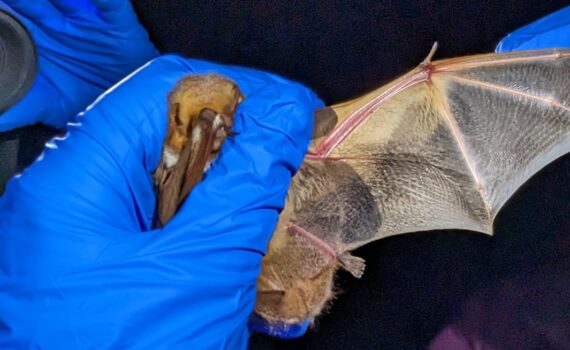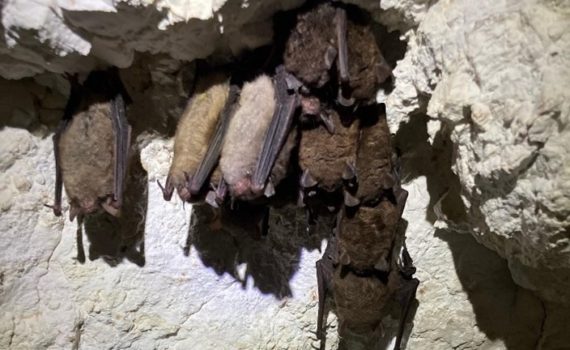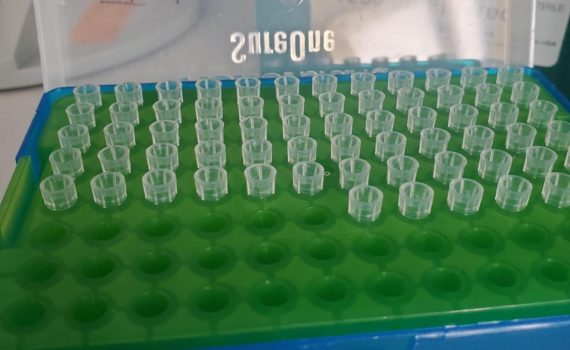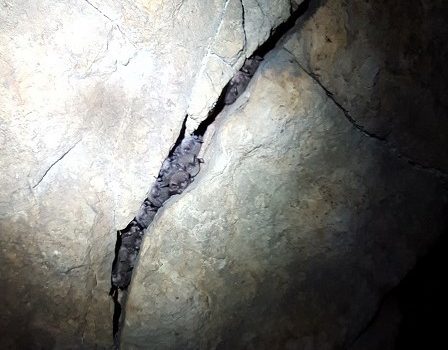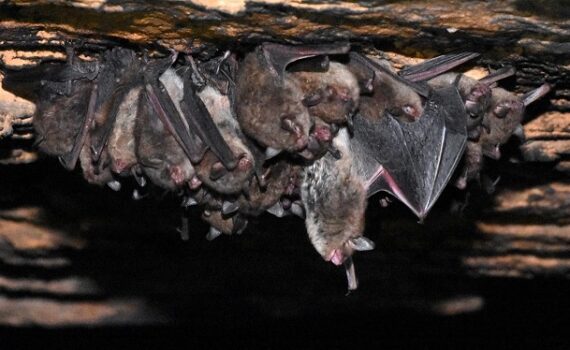
This past weekend, Brittany and I were invited to join a winter hibernacula (winter bat roost) survey with the Illinois Department of Natural Resources alongside partners from multiple institutions across the country, all with the same goal – bat conservation. The purpose of these surveys is to get a count […]

